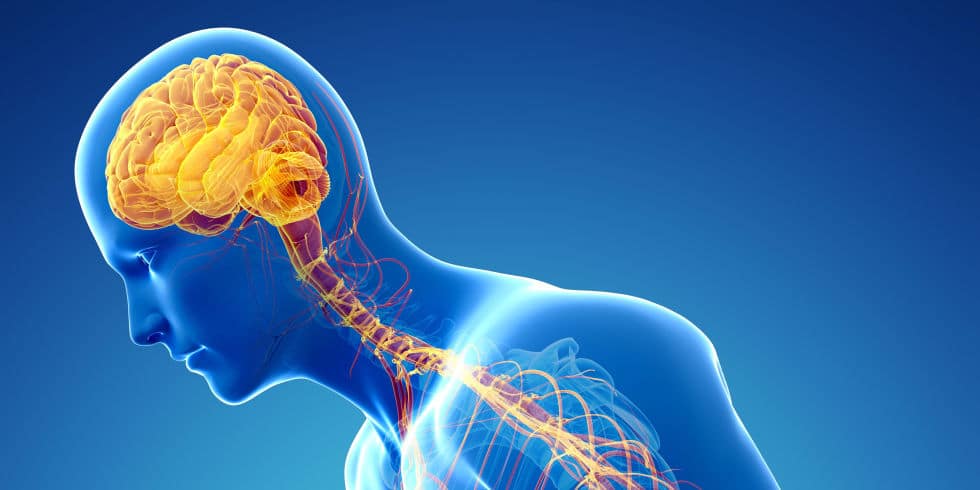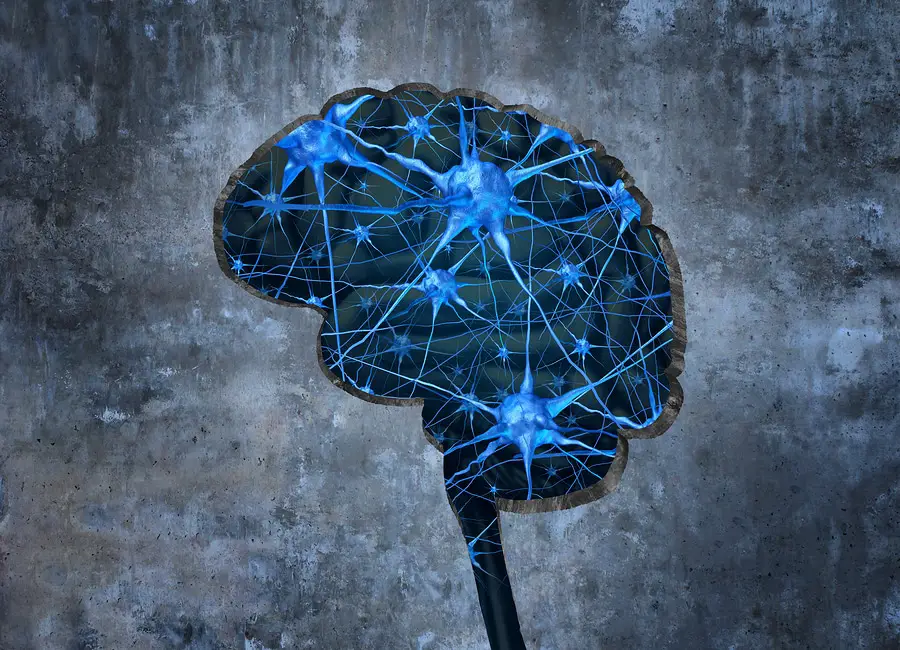Researchers believe that the cure for Parkinson’s disease may be found by conducting their experiments in microgravity environments in space. One of the key Parkinson’s Disease proteins, called LRRK2, will be sent to the International Space Station for further study. Researchers say that microgravity conditions found in space will provide an optimal environment for conducting their experiments on this protein. All materials for this project will be sent to space aboard the SpaceX Dragon capsule. They will be sent together with supplies and other science experiments to the International Space Station. The Michael J Fox Foundation, whose founder also suffers from this disease, is collaborating with the Center for the Advancement of Science in Space to find a cure for this disease.
More about Parkinson’s disease and the myths surrounding it
Parkinson’s disease is fraught with many myths about who can get it and why. We look at one famous personality who suffered from the disease and how his experiences clear the myths about the disease.
Maryum Ali, daughter of World-Famous boxing champion Muhammad Ali, says he was just “Dad” to her, and had to watch him transform from boxing champion to the most famous face of Parkinson’s Disease. Mohammad Ali was diagnosed with the disease almost 30 years ago, and later died a hero for having battled it for so long.
Parkinson’s Disease comes from the loss of the brain cells responsible for Dopamine production. The disease is characterized by impaired balance, rigid muscles, tremors and loss of memory and cognitive brain function.
When Muhammad Ali was diagnosed, there was very little information about the disease, which left doctors bewildered and at a loss of how to manage or cure it. A lot of myths were raised at the time, and some are still lingering to this day.
 Myth Number 1 – Parkinson’s disease is for older people
Myth Number 1 – Parkinson’s disease is for older people
There is some truth in this myth, because the disease mostly affects people at around the age of 80. However, 10 percent of all people affected by the disease are under the age of 40 (data from the National Parkinson’s Foundation); young people are increasingly being diagnosed with the disease.
Myth Number 2 – There is nothing that can be done once a person is diagnosed with Parkinson’s disease
People have always seen the disease as one that has no cure or management; this is not true. There are several ways in which you can effectively manage the symptoms of Parkinson’s Disease. In Ali’s case, exercise helped a lot in keeping the disease at bay for longer.
The Geriatrics and Gerontology International journal published findings from a study which showed that Parkinson’s Disease patients who exercised for just one hour a week showed a marked improvement in their day to day activities. They were compared to a control group that did not exercise at all.
Brain stimulation treatments are another option that can help. Basically, a patient should look for an expert who can do an evaluation and then provide a solution. There is always hope for people with the disease.
Myth number 3 – Parkinson’s disease is genetic
Only 5 percent of the people diagnosed with Parkinson’s Disease exhibit a genetic history of the disease. Scientists do not know what causes the disease, although they have shown that genetics do have a role to play. According to the National Institutes of Health, chemicals within the environment may be the main culprits in the development of this disease. There are inflammations and viruses which have also been linked to the disease.
What to take home about the myths is that Parkinson’s disease can be found in younger people, and there are many options available for the effective management of the symptoms.

What will happen in space?
The protein LRRK2 has the ability to modify other proteins. It is the mutations found in the genetic code in the LRRK2 protein that is thought to cause the disease in some individuals. Researchers are looking into the development of drugs that will inhibit or fully block the activity of this protein, so they can stop the disease from developing or slow its progress once it has manifested in a patient.
However, the knowledge of the precise structure of this protein is crucial to the development of such drugs. It is necessary to grow the crystals of LRRKS in lab dishes in order to get a detailed view of its structure. They have come to the conclusion that the gravity on Earth will affect the growth of the crystals and make them too small for effective study, hence the need to conduct this part of the research in space, under microgravity conditions.
One researcher from the University of Oxford, Sebastian Mathea, says that the quality of crystals grown under the gravity of earth is not good enough for effective study. He mentioned this at a press conference about the project on August 8th 2017.
This is why it is necessary to conduct the experiment on the International Space Station. The belief is that the microgravity conditions at the International Space Station will allow the crystals to become larger and have fewer defects. This way, they will be able to get a sharper, more-detailed look into the structure of LRRK2.
Mathea went ahead and said that the crystals will be grown in space for about a month, before being sent back to earth for analysis. The analysis will be done using high-energy X-rays.
According to the Michael J. Fox Foundation, there is no current treatment to stop or reverse the progression of Parkinson’s Disease. The disease is a progressive neurological disorder and causes difficulty in movement, tremors, sluggish speech, and muscle stiffness.
If the study is successful, humanity will be one step closer to finding a cure for this debilitating disease, and give hope to millions of sufferers all over the world.

